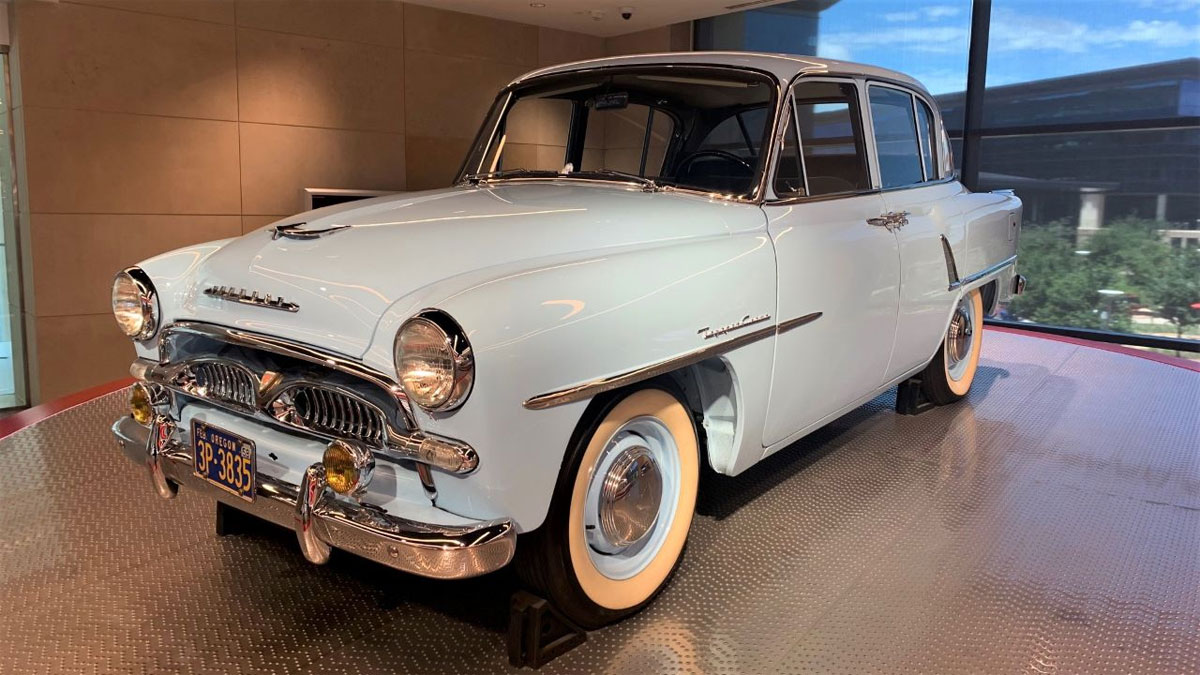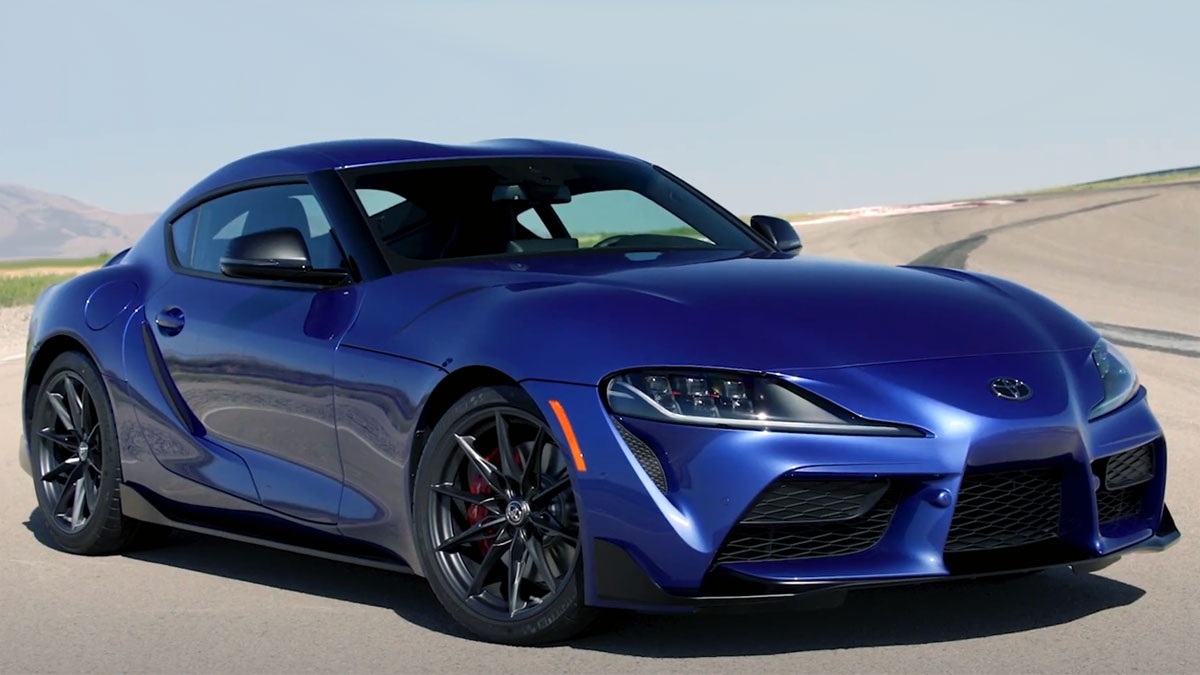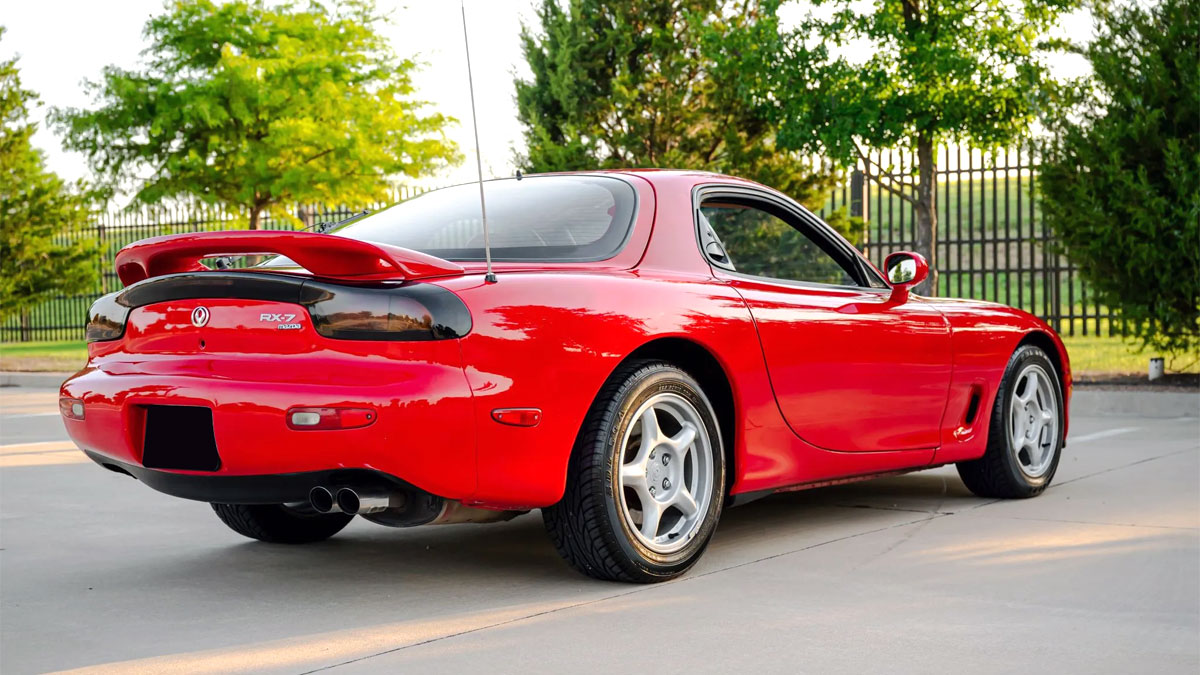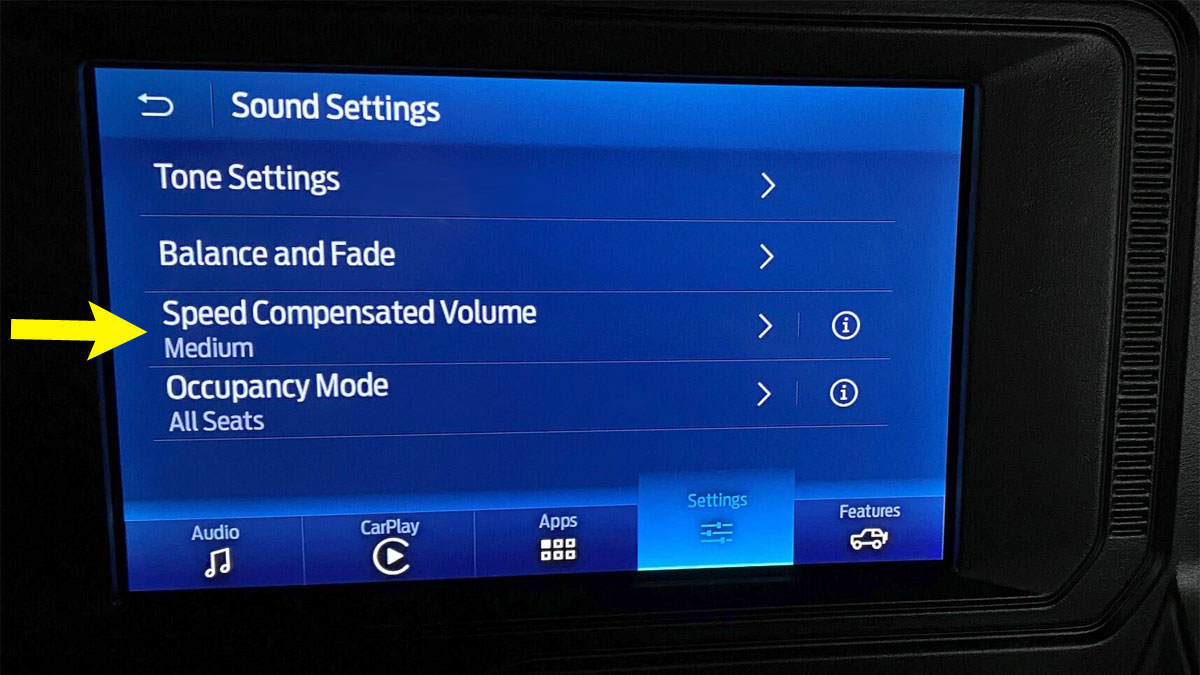The Toyota Experience Center is on a Different Level
The hidden gem of the Toyota Experience Center. Toyota Motor Corporation is one of the largest automotive manufacturers in the world. It also has a strong presence in North America, a market that outsells its Japanese home market, 2-to-1. Comprised chiefly of the Toyota and Lexus brands, the company has … Read more










